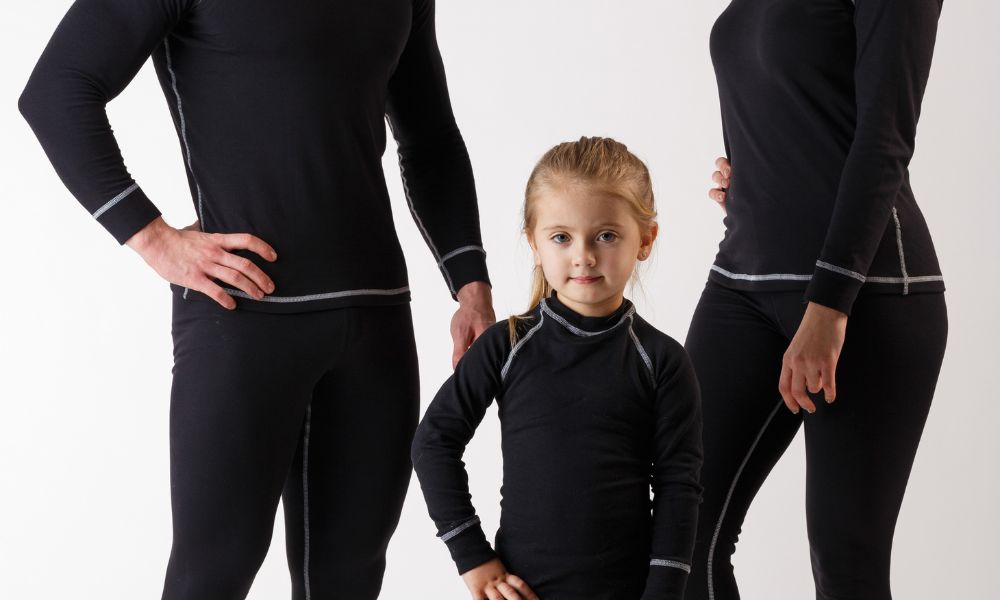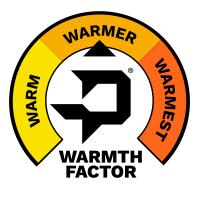
What You Should Know About Layering Basics
There is science behind layering your clothing, and piling layers of sweaters and leggings isn’t going to cut it. Often, you’ll still be cold, or worse, you’ll start to sweat and become even more uncomfortable. If you’re tired of putting on all your winter clothes and still suffering from the cold, read on to learn everything you should know about the basics of layering.
Your Base Layer
Sweating in cold weather can make you uncomfortable, but it can also lead to hypothermia, especially if wind or snow gets in between your layers. Your base layer, also known as your thermals, should keep warmth close to your body while keeping sweat at bay, making you safer and more comfortable. How thick or thin your thermals are will depend on the weather and how cold it will get. Either way, you need thermals for your torso and legs, and they should be hydrophobic or at least moisture-wicking. Ideally, the fabric of your thermals should be made from breathable materials such as microfleece or merino wool—never cotton.
Your Mid Layer
Your mid-layer’s job is to provide a space between your outer layer and your thermals. This space not only allows sweat to evaporate but traps the heat your body exudes and keeps it close. Depending on how cold it is, you may need more than one mid-layer. In non-extreme cold, a microfleece jacket should do just fine, but in extreme cold, you’ll need a puffy down jacket. Both of these layers will regulate your body heat and keep it close while still being breathable.
Your Outer Layer
An outer layer’s job is to protect your mid- and base layers from snow, water, and wind, which is why this layer is also commonly referred to as the hard shell or weatherproof shell. A good outer layer should be designed with elastic, Velcro, or zippers around the legs and arm holes so you can seal out inclement weather. It should also have some form of head protection, such as a hood that you can zip up or tighten. Lastly, make sure this layer is waterproof or at least water-repellent instead of water-resistant. “Water-resistant” means that it can repel water, but it isn’t always guaranteed, whereas waterproof and water-repellent materials have much higher hydrophobic properties, with waterproof being completely submersible.
Now that you know a little bit more about the basics of layering, you’re ready to brave the cold. And if you’re in the market for high-quality thermals crafted with odor-blocking and hydrophobic fabric, PolarMax has you covered. Here, we sell thermals for the whole family, including youth base layers, so everyone can play safe and stay comfortable.

